Students in the M.P.A. in Environmental Science and Plan ( MPA-ESP program just recently embarked on an excursion through the Bronx to explore urban rivers, marshes and forests. Led by elderly speaker Matthew Palmer , this immersive experience offered me and my accomplice an opportunity to comprehend the function these ecosystems play in cities, the distinct difficulties they encounter as a result of urbanization, and the crucial services they provide to homeowners.
The Bronx River: An essential city river
The Bronx River was once heavily modified by industrial task and has been the subject of considerable reconstruction efforts to boost its eco-friendly health and connection. One significant job is the building of a fish flow at the East 182 nd Road Dam, which aims to improve aquatic species movement and improve the environmental performance of the river. By assisting in the activity of fish that had actually previously been obstructed by the dam, this task would promote a healthier marine ecological community.
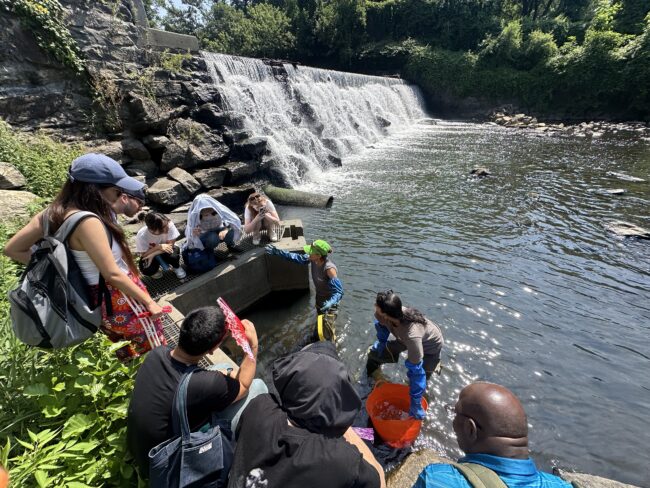
The river’s remediation initiatives additionally consist of resolving water quality problems, primarily as a result of stormwater overflow, sewage overflows and invasive varieties that affect native fish and plant life. This restoration is important for preserving biodiversity and supporting the river’s community solutions, such as water filtration and flood control. These efforts likewise play an important role in enhancing the river’s capacity to take care of stormwater, alleviate flooding and develop a more resistant environment for regional communities. Nevertheless, as urbanization continues, there are obstacles to keeping water quality and guaranteeing lasting sustainability, needing both scientific innovation and neighborhood engagement.
Green facilities and flooding mitigation: A solution for urban stormwater
During the excursion, we explored the idea of environment-friendly infrastructure, especially in the form of “rainfall yards” developed to minimize city flooding. These environment-friendly areas, including absorptive soils and indigenous plants, are purposefully put in urban areas to record and filter stormwater prior to it gets in the drain system. As environment modification increases, causing even more constant and intense rainfall events, rainfall gardens are viewed as an essential service to reducing the burden on maturing metropolitan infrastructure, which is commonly unfit to manage severe weather events.
While rain yards are a vital part of the flood reduction approach in at risk areas, they do not straight resolve the difficulties facing the Bronx River. Still, the idea of eco-friendly framework represents a broader commitment to utilizing nature-based options to fix urban troubles. In the Bronx, communities have embraced these options as component of a larger ecological justice initiative– creating green spaces in neighborhoods that are overmuch influenced by flooding, air pollution and a lack of access to nature.
Urban forests: Getting rid of difficulties for long-lasting resilience
At Pelham Bay Park, we learnt more about the benefits of urban forests, from decreasing the metropolitan heat-island effect to enhancing air quality and supporting biodiversity. However, these woodlands encounter significant stress, including air pollution, intrusive varieties and soil destruction, every one of which prevent their ability to provide the complete range of ecological community solutions.
Among the most important concerns in urban forests is the influence of intrusive species, particularly the emerald ash borer , which endangers the ash trees that have the highest possible focus in the world in New York State (around 1 billion). These parasites have brought about prevalent damages, and efforts are underway to safeguard the ash trees from more devastation. For example, scientists have actually identified that the shade purple attracts the emerald ash borer the most, so purple catches are being made use of to check the visibility of these pests. Although these catches are handy for monitoring, the economic worry of taking care of contaminated trees is substantial. Infected ash trees are usually gotten rid of due to safety and security worries, as falling branches present dangers to the general public, especially when trees are close to structures and roadways.
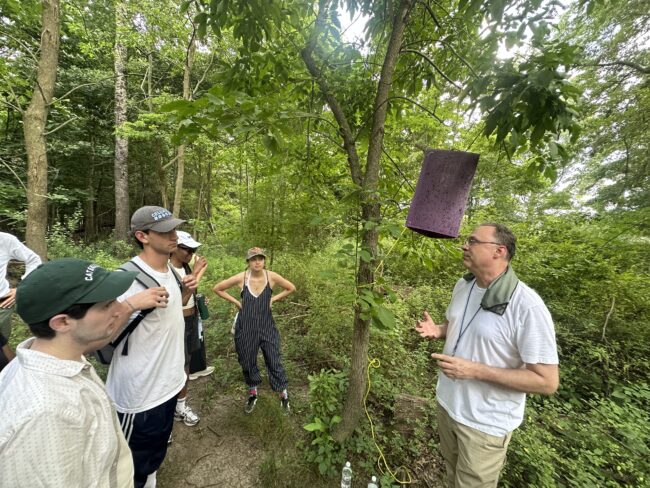
There is a crucial void in the round economic climate for dealing with the wood waste from these trees. While ash trees are made use of to make baseball bats, there is no thorough project to reuse or repurpose the timber from contaminated trees. As the city works with creating a reproducing program for ash trees that survive the infection, the demand for lasting services and extra efficient means to utilize the wood remains pressing.
An additional vital difficulty in city woodlands is the change of the nitrogen cycle. Urban settings, with their high focus of pollutants, dramatically change nitrogen levels, which can adversely influence soil health and wellness and tree development. Nitrogen pollution, primarily from car discharges and commercial activity, can disrupt the natural nitrogen cycle, bring about dirt acidification and nutrient discrepancies in city forests. These modifications further stress and anxiety tree types that are currently battling with metropolitan conditions, making forest repair much more hard. Comprehending and alleviating these disruptions is critical to maintaining healthy city forests.
Disease transmission: The role of wild animals in metropolitan wellness
As part of the field trip, we also learnt more about the function of environment connection and exactly how wild animals activity in metropolitan locations can influence the spread of diseases. For instance, ticks, which are recognized to transmit illness such as Lyme condition, can prosper in city woodlands and wetlands, impacting human wellness. Researchers are utilizing environment connection modeling to anticipate exactly how wild animals, consisting of ticks, is distributed throughout metropolitan landscapes. Using cam traps, scientists can much better comprehend just how ticks and various other condition vectors spread across city locations.
For keeping track of tick populaces, 1 × 1 meter whiteboard catches are utilized to capture ticks and collect data on their distribution. This research permits researchers to anticipate how particular wildlife types may affect the existence of ticks in city locations. Comprehending these characteristics is critical since as pets relocate through metropolitan atmospheres, they can present and spread microorganisms that impact human wellness. Keeping healthy city woodlands and wetlands is not nearly ecological repair yet likewise public wellness security. By boosting environment connection, we can decrease the spread of illness and improve metropolitan resilience.
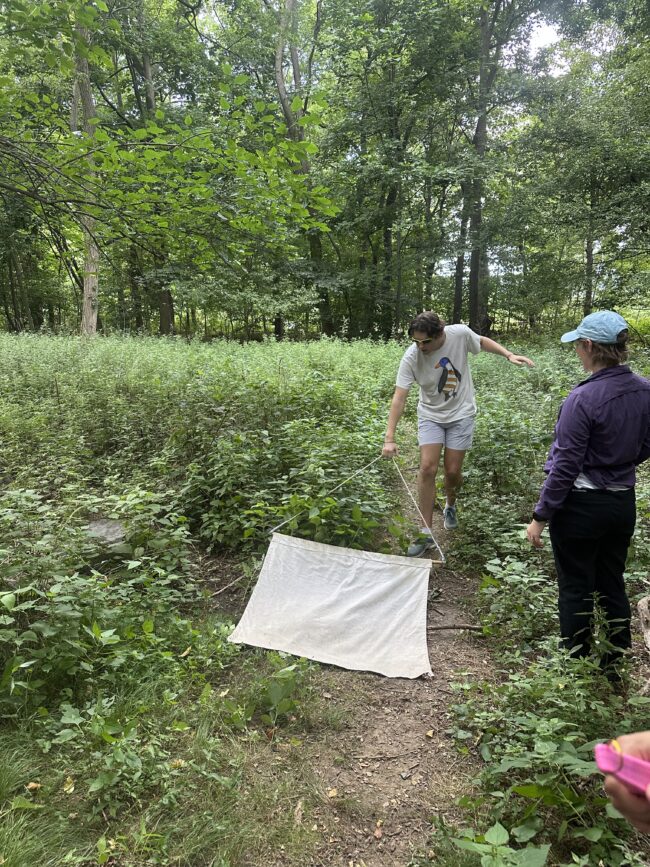
Wetlands: the unhonored heroes of urban communities
Wetlands, often seen as outer in metropolitan landscapes, are crucial to maintaining water quality, controlling floodings and supporting biodiversity. But as Chris Haight, wetland department job supervisor at New York City Parks, noted, wetlands are under continuous risk from city growth, contamination and intrusive types. Handling and recovering these ecological communities needs balancing environmental priorities with the needs of city development.
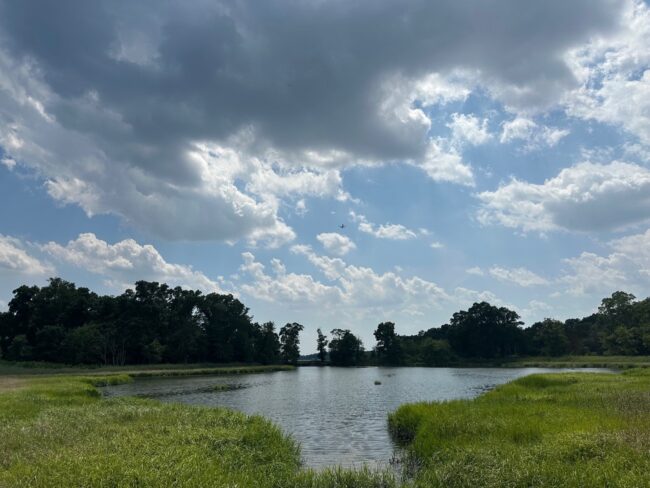
Along with taking care of toxins and altered water flow, urban marshes deal with the challenge of climbing sea levels, a direct repercussion of climate adjustment. The fragmented nature of wetland environments in city settings likewise restricts biodiversity and lowers their capacity to operate properly. Nonetheless, wetlands are likewise exceptionally durable, and through tactical remediation initiatives, they can continue to supply important ecological community services.
The remediation of metropolitan marshes also offers an opportunity for community interaction and environmental justice. As we saw with the job of the NYC Parks team, marsh repair efforts are progressively being funded with ingenious approaches such as “mitigation financial institutions,” where programmers purchase credit ratings to offset their environmental influence. By restoring wetlands and maintaining these vital environments, we can make certain that they remain to support urban biodiversity and deal flood defense, specifically for susceptible communities.
Person participation: The crucial to actual change
The importance of person involvement in the repair and preservation of city ecosystems can not be overemphasized. As urban environments are inherently complex, with competing priorities and minimal sources, the function of the community in advocating for eco-friendly facilities, supporting remediation initiatives and taking part in decision-making is critical. The expedition emphasized that metropolitan environments must be viewed as a common resource, with residents playing a main role in their stewardship. Whether through supporting environment-friendly facilities tasks, promoting for better ecological plans or participating in neighborhood reconstruction efforts, neighborhood engagement is important for attaining actual, enduring modification.
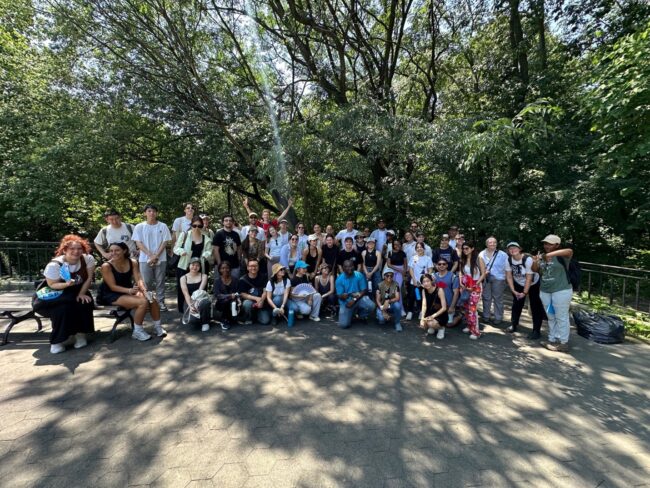
The expedition to the Bronx highlighted the substantial difficulties and opportunities related to bring back city rivers, wetlands and woodlands. These communities are not just vital for environmental health; they give very useful solutions that enhance the health of metropolitan communities.
Accomplishing sustainable urban environments calls for partnership in between researchers, policymakers and, crucially, citizens. By participating in decision-making procedures, promoting for eco-friendly infrastructure and supporting urban environment restoration efforts, people can aid shape a much more durable, lasting future for our cities.